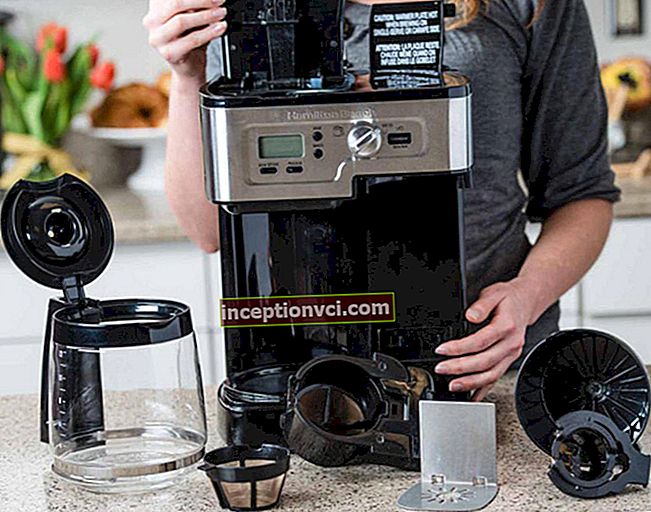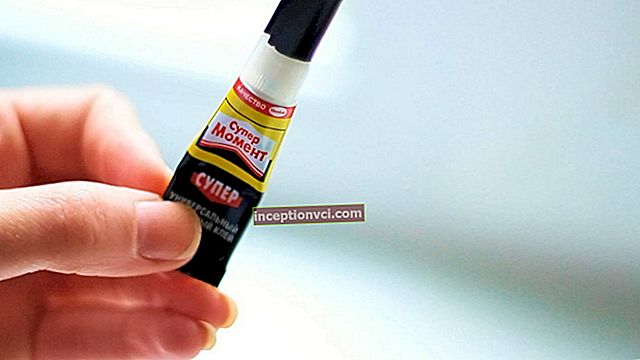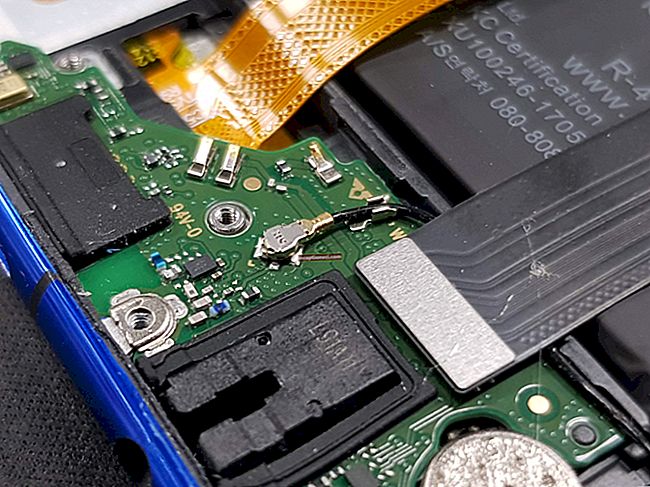Canon PowerShot A720 IS
We previously tested the Canon PowerShot A650 IS and liked it very much. Today we will talk about a related model, the younger one - A720 IS. It is also an advanced manual mode camera with support for additional optics, an optical viewfinder and a 6x stabilized zoom lens. The main simplifications are a more modest matrix (smaller size and resolution - 8 megapixels versus 12 megapixels), as well as the monitor, which is not rotatable in the A720 IS.
Design
The device is not small, but its relative "bulk" has its advantages - it lies very comfortably in the hand, unlike almost all ultra-compacts. A large lens, a proportional flash, a large grip - everything is not marked with the stamp of miniaturization and therefore looks solid. The case, to the touch, is perceived somewhat "plastic", but not flimsy. There are few decoration elements, and the main characteristic, perhaps, will be "convenience".

Control
There are not too many buttons, but the control logic is well thought out, so in general the work is convenient and intuitive. The switch of basic modes has only two positions - Photo shooting and Viewing. It is located near the thumb pad, and therefore you can switch instantly, although personally I prefer enabling View with a button.
Navigation buttons are combined into a single control ring, or navipad. Its position Up switches the flash modes - Auto, Off, or Forced on (red-eye reduction and slow sync are enabled separately in the menu). Navigation position Down sets the focusing mode: normal autofocus, macro mode and manual focus. Positions Left-Right in automatic shooting modes and in scene programs are not involved, they come to life when you enter exposure compensation, as well as when you turn on the manual exposure modes Tv, Av and M - with their help you set the aperture and / or shutter speed. The MENU button allows you to adjust various aspects of the camera's operation, and the FUNC.SET button displays, in stripes on the left and below, a short function menu that provides quick access to the following settings: Sensitivity (Auto-ISO, Hi-ISO, ISO 80 ... 1600), White Balance (including Pattern), Shutter Mode (single shots, continuous shooting, and customizable self-timer), Color Schemes (Normal, Vivid, Neutral, Sepia, Black & White), and Image Adjustment (Sharpness, Saturation, contrast), Flash output, Metering type (three options), JPEG compression rate (also three options) and Aspect ratio (8, 5, 3, 2 and 0.3 megapixels, as well as a 1600x1200 Postcard that allows you to imprint the date on the picture, and wide W, with an aspect ratio of 16: 9 and a resolution of 3264x1832).
Shooting modes
The camera can satisfy not only beginners - there is a full set of manual exposure modes (indicated on the dial by the positions Av, Tv and M), programmable P and simplified AUTO mode, as well as 12 scene programs (five of them are placed on the mode dial, and the rest are called through position of the SCN disk), Video shooting and Shooting panoramas (on-screen help, which helps to more accurately combine separate frames for their subsequent stitching in the editor). Burst shooting at 1.3 frames / sec (20 frames in 15 seconds) - frankly, slowly, although the absence of a limit on the length of the burst is a plus.
Macro photography is powerful - at the wide-angle position of the lens, autofocus works from one centimeter, as the zoom increases, the minimum focusing distance quickly increases. Let's note four variants of autofocus operation: AiAF - intelligent autofocus, this is the main mode; Face recognition - very fast and confident; then there is the Center and, finally, FlexiZone - manual movement of the zone.In the last two options, you can switch the size of the focusing area - between Normal and Small options (the size of the frame on the screen is approximately 8x6 and 4x3 mm, respectively).
When you half-press the shutter button, the monitor displays the exposure value and the automatic ISO value (in the case of Auto-ISO), but there is no histogram during shooting, which, in my opinion, is one of the main disadvantages of the device. This approach is more or less understandable in the IXUS line of models focused on purely automatic operation, but for an advanced amateur PowerShot series device it is surprising and difficult to explain. Of course, you can use the histogram in the viewing mode, if necessary, make adjustments and reshoot the frame again, but the efficiency and convenience of this method cannot be compared with a “live” histogram.
Image quality
The quality of the images is very good - one might even say surprisingly good, given the low cost of the camera and the small physical size of its matrix. There are very few chromatic aberrations, the sharpness is quite high, the automation works perfectly, the exposure is accurate, the colors are juicy and natural. Everything is not bad in terms of noise - although noise reduction artifacts are noticeable already at ISO 200, the picture still remains very decent at ISO 800.
View Mode
Use the DISP button to switch the amount of information displayed. In the most complete version, you can see on the screen all the information about the parameters of the image, including the brightness histogram. When zooming out, 9 images are displayed (with a 3x3 matrix), and a strip ("progress bar") is displayed below ("progress bar"), which explains where you are at the moment in the general array of images. When the display is zoomed in, the FUNC.SET button acts as a toggle switch between the two modes. In the first one, turned on by default, the arrows of the navipad allow you to move around the enlarged image. In the second mode, the scale is fixed, and the Left-Right arrows scroll through the images - so you can compare the corresponding enlarged fragments of two (or several) neighboring images, choosing the best one. Editing features worth mentioning are red-eye correction and audio commentary recording. There is also a calendar access to the images (by pressing the Up key).
Camera organs
Batteries
The battery life of the camera without recharging is quite decent - although it is powered by two (not four) AA cells. The kit includes regular batteries, so you will have to buy batteries and chargers.
Viewfinder
The optical viewfinder is useful in many situations. For example, when shooting in bright sunlight (when the picture on the monitor fades), or if the batteries are close to low, turn off the monitor and use the viewfinder.
Interchangeable optics
Press the button, remove the ring-shaped cap - and the plastic bayonet opens, allowing you to install a wide-angle converter WC-DC58N (0.7x), teleconverter TC-DC58N (1.75x), and light filters through the adapter.
Menu organization
In the shooting mode, the menu consists of two sections, in the Preview - of three. The "camera settings" section is common for them. The vertical progress bar indicates where you are. To change the parameter, use the Left-Right arrows.
Included
Strap, USB cable, AV cable, two AA alkaline batteries, 16 MB memory card, software disc, instruction manual.
Main characteristics
The matrix - 8.0 MP, 3264x2448, 1 / 2.5 "
Lens - 6x optical (35-210 equiv. Mm, f / 2.8-4.8) + 6x digital zoom
Memory - SD / SDHC / MMC memory cards; included SD card 16 MB
Display - 2.5 ", 115000 points
Photo - JPEG;
Video - AVI (Motion JPEG), up to 640x480 at 30 frames / sec, with sound
Interface - USB, AV out, DC in
Output
Canon PowerShot A720 IS is an excellent device, even without the reservation “for its low cost”. It's easy to use, has manual modes, a 6x stabilized zoom lens, and delivers great shots - although it also has some noticeable gaps in functionality.
Advantages - 6x zoom, lens with stabilizer, optical viewfinder, full range of manual modes, support for additional optics.
Disadvantages - no wide angle, no "live" histogram, slow continuous shooting and flash recharge, relatively large size and weight.
Ergonomics
Comfortable grip, simple and straightforward controls, the logic of which has remained unchanged for a long time in Canon compacts.
Functionality
The camera has many advantages, but almost all of its disadvantages relate specifically to the area of functionality.
Image quality
Very good shots, and great at low ISOs. Distortion (of any kind) - minimum.
Price quality
Here I would like to give the maximum mark - this device is so inexpensive, with all its advantages.
Competitors
If you do not pursue ultra-compactness, the Canon A720 IS turns out to be one of the leaders in terms of functionality / price ratio: manual exposure modes, powerful zoom with stabilizer. The Sony DSC-H3 is a serious competitor, but expensive.
Olympus FE-340

Advantages - smaller dimensions (97x58x23 mm), high-resolution display (230,000 pixels) and slightly larger (2.7 ")
Disadvantages - the zoom range is slightly less - 5x (36-180 equiv. Mm), no optical stabilizer, no manual modes, no histogram
Pentax Optio Z10

Advantages - 7x zoom (38-266 equiv. Mm), high-resolution display (230,000 points), the presence of a histogram when shooting
Disadvantages - no optical stabilizer, macro photography is rather weak (from 7 cm)
Sony Cyber-shot DSC-H3

Advantages - a powerful tenfold zoom (38-380 equiv. Mm), the presence of a "live" histogram
Disadvantages - weight and dimensions are even larger than that of Canon A720 IS (106x69x48 mm)









